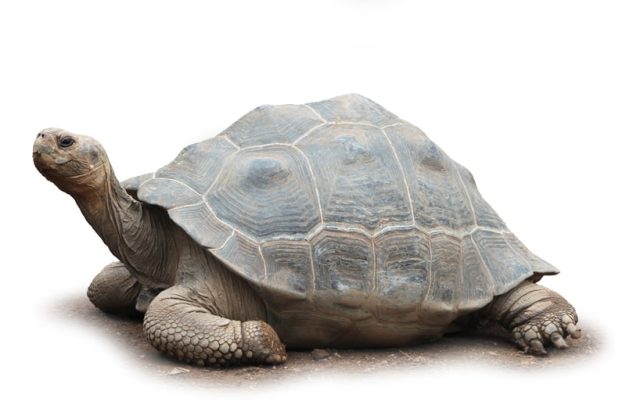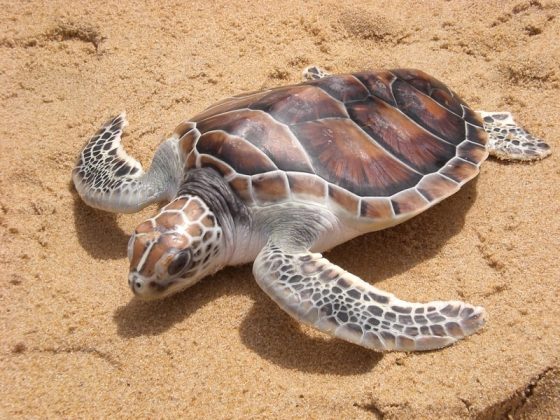Last updated on May 31st, 2023
Tortoises, believe it or not, are reptiles. They are often mistaken for turtles but there is actually a difference. Tortoises are the stuff of legends and myths, and are revered by certain cultures. Huge (sometimes small) and slow, tortoises are some of Nature’s most interesting creatures. They may appear ungainly but there is so much more going on under their shells than meets the eye. With these interesting facts about tortoises, let us learn more about them.
Facts About tortoises
1. Tortoises belong to the family Testudinidae, which in turn belongs to the order Testudines (Latin for tortoise). Tortoises, like other types of turtles, are distinguishable by the protective, generally hard shell around their bodies. Tortoises also have retractable heads and necks that can be drawn into their shell.
49
2. There are an estimated 49 tortoise species. They vary in size, type of shell, and shell length.
60 bones = a shell
3. A tortoise’s shell is not one single component. Instead, it is made up of around 60 individual bones that are interconnected.
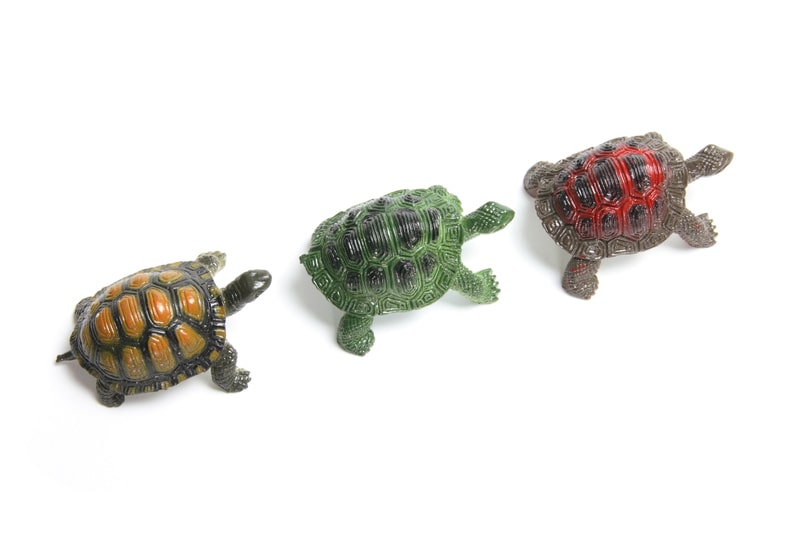
Leave me alone!
4. Most tortoises are solitary creatures. They live and hunt alone and usually only get together with other tortoises when it is time to mate.
Color has some meaning
5. The color of a tortoise’s shell can be a good indicator of its origin. If the shell appears lighter in color, the tortoise is likely from a country or region with a warmer climate. Naturally, the tortoise with the lightest shade is from the south Sahara Desert.
Keratin
6. A tortoise’s shell has scales called scutes. The scute is made of keratin and is the same type of keratin that make up our fingernails. The shell is its main source of protection against damage or injury.
Tortoise vs Turle
7. A tortoise can be a turtle. However, a turtle cannot be a tortoise. To tell a tortoise from a turtle, simply check out their feet. A tortoise’s feet appear stubby and chunky, similar to those of an elephant’s. A turtle’s feet are webbed and have claws or it could exhibit flippers.
Where and where not?
8. Except for Australia and Antarctica, tortoises have territories in all continents. Among other tortoise facts, this is the one that you can tell your friends and family.
Breathing out
9. To return to their shells, tortoises must exhale air to empty their lungs. They are capable of holding their breath for a long time. If they are threatened, they will exhale air so they can fit and hide in their shells.
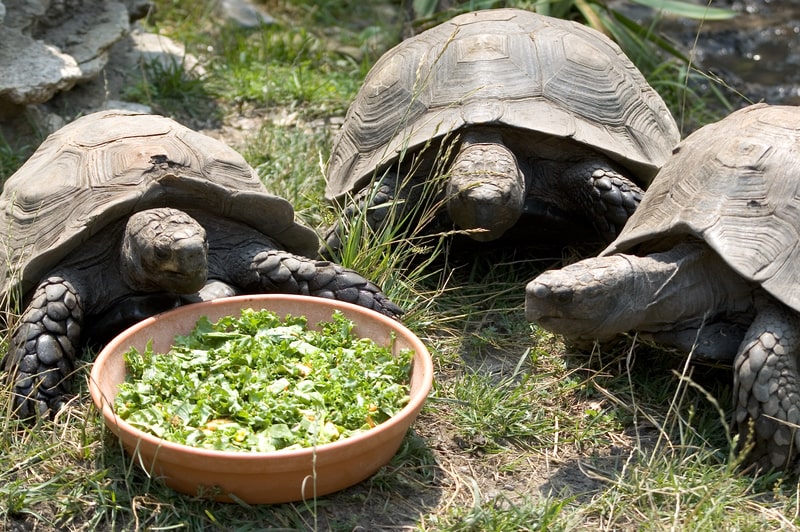
Herbivores!
10. Most tortoises are herbivores. Some species, however, prefer animal matter. They love grass, leafy greens, fruits, flowers, and weeds. Some eat both plants and other animals, including snails, insects, worms, and fish.
Weighing scale
11. Larger tortoises can grow to be quite heavy. Some of them can tip the scales at 300 kg.
Male vs female tortoise
12. It is not easy to tell a male from a female tortoise. They have to be a particular size to be determined and even that may not always work because species vary in size.
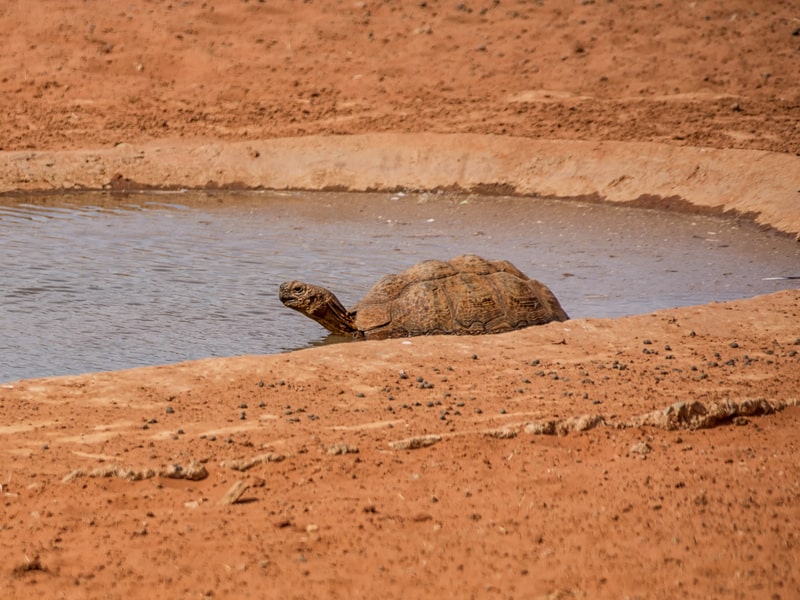
Water and sand
13. Tortoises habitat of choice is sandy soil and they prefer to be close to water.
Slow and steady
14. Tortoises are s-l-o-w. Even when they are in a hurry, they likely never go over 0.3 mph.
and fast, when motivated!
15. Now, just because majority of tortoises are slow does not mean ALL of them are slow. There’s always one that begs to differ and his name is Bertie. In 2014, this leopard tortoise finished a 5.48 meter course in “just” 19.59 seconds. His top speed was 0.6 mph. He was enticed to “run” using strawberries.
Smell through mouth
16. Tortoises do not use their nose to smell. Instead, they use the vomeronasal organ, also called Jacobson’s Organ, which is located in the roof of the mouth.
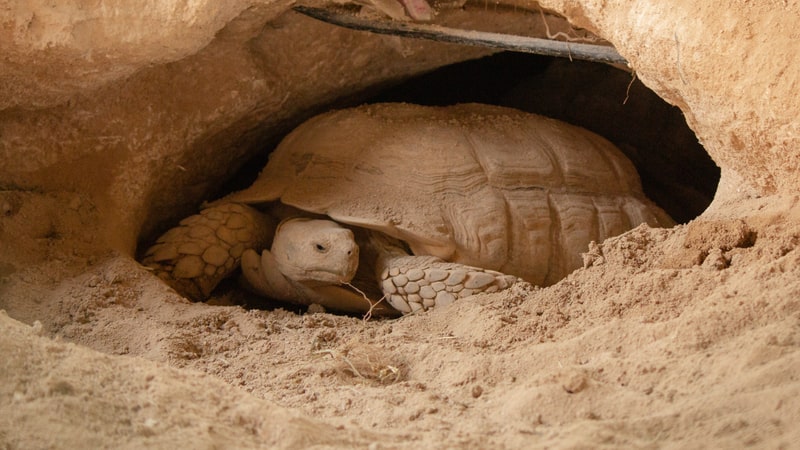
Earth movers
17. Some tortoises like to dig holes in the ground and burrow there. They can even create burrow systems that are extensive enough to allow travel from one area to the next. Tortoises that have spiny-scaled front legs are capable of doing this.
Vertebrates but unique
18. Tortoises are ectothermic or cold-blooded. They are also vertebrates – the only ones that have shells.
100+ years
19. One of the most known fact about tortoises is that they are long-living. If a person and a tortoise are born on the same day and that person dies at 100 years old, the tortoise could outlive him by 50 years or even more.

and may be longer!
20. The oldest living tortoise is named Jonathan and he is 190 years old. He loves to sun-bathe, eat, sleep, and mate. Because of his age, he can no longer see or smell. He lives in St. Helena in the South Atlantic.
21. Before Jonathan, the oldest tortoise was named Tu’i Malila, who was 188 years old when he died in 1965. He was a Madagascar radiated tortoise who lived with the royal family of Tonga.
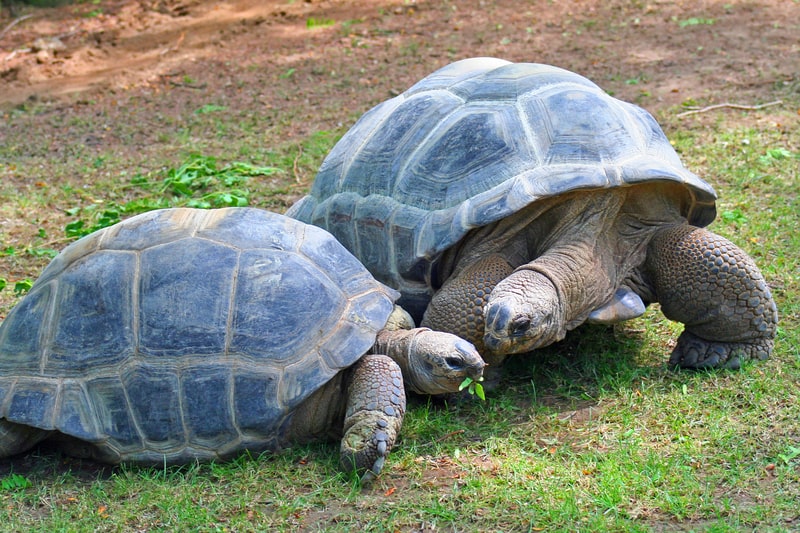
22. However, when it comes to having lived the longest (at least, recorded), the title surely should go to an Aldabra named Adwaita. His name is the Sanskrit word for “one and only”. He lived from 1750 until 2006 and was estimated to be about 255 years old.
Before snakes, crocodiles, birds, lizards, and mammals (may be)
23. Not only do many tortoises live long but they have been around for a long time. It is estimated that their ancestors walked the Earth more than 200 million years ago, long before snakes, crocodiles, birds, lizards, and mammals did.
Enormous
24. The heaviest and largest specie of tortoises is the Galapagos Tortoise, followed by the Aldabra and the African spurred. Not surprisingly, the largest tortoise to ever live was a Galapagos named Goliath, who weighed nearly 417 kg. He was listed in the Guinness World Records in 2002 and that title still belongs to him to this day.
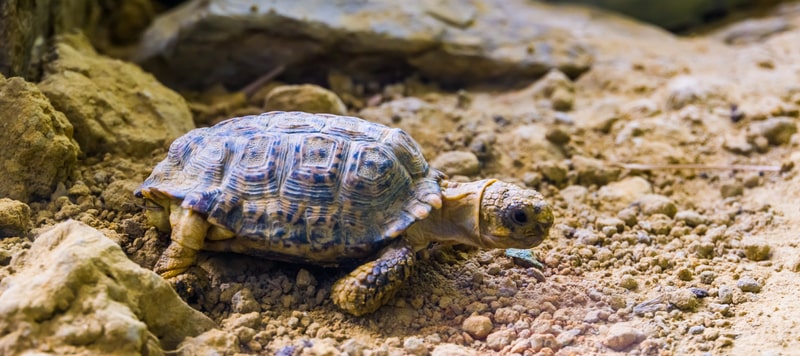
25. The smallest specie of tortoises is the Speckled Tortoise. They are mostly found in Little Namaqualand, South Africa. They have gold-beige scutes on their shells that are divided by black lines. They also have five toes each on their front legs.
Deep water brings deep trouble
26. Tortoises could drown if they are in deep water. Not only can they not swim, they also do not have the feature that allows them to lift their head above the water surface. There is an exception, of course, and this is the Leopard Tortoise. It can take on deeper water (but not too deep) because it lacks the nuchal shield, which is the plate located above the neck that serves as protection.
27. If you see a tortoise, never ever throw him/her in the water. Tortoises are vertebrates that live on land exclusively. They cannot survive long in water, that is why they are called land turtles.
Why bright colors?
28. They like bright colors. Those mild, liquid eyes can actually see well and they can perceive color. Tortoises are attracted to bright colors because these are usually the same colors exhibited by some types of foods, such as leaves, fruits, and flowers.

Fast when needed
29. Tortoises can fast for long periods and that includes keeping away from food or water. They can go for as long as 6 months and up to 3 years without eating, as long as they have water to drink. Isn’t this one of the many amazing tortoise facts.
Imprisoned by mistake for 30 years
30. A tortoise in Brazil was locked inside a room for 30 years because its owner thought it had escaped. It was still alive when it was discovered. It may have eaten termites found in the wood components of the room.
When you are away?
31. If you have a pet tortoise and are worried how it will survive without food and drink if you are going away on vacation, take heart. If you will be away for a few days or even a few weeks, your tortoise will likely be okay, as long as it has water to drink and access to shallow water so it can soak itself.
Frequent feeding is a no no
32. Tortoises are not like dogs or cats. If your pet is a tortoise, do not treat it the way you would a cat or a dog in that the tortoise does not need to be fed too frequently.
Sunlight!
33. Another important factor to a tortoise’s survival is heating and sunlight, specifically UVA and UVB. These factors help encourage proper growth and development among tortoises.
Not too cold or hot
34. Tortoises need a balanced environment to survive and thrive. They do not like environments that are too cold or too hot.
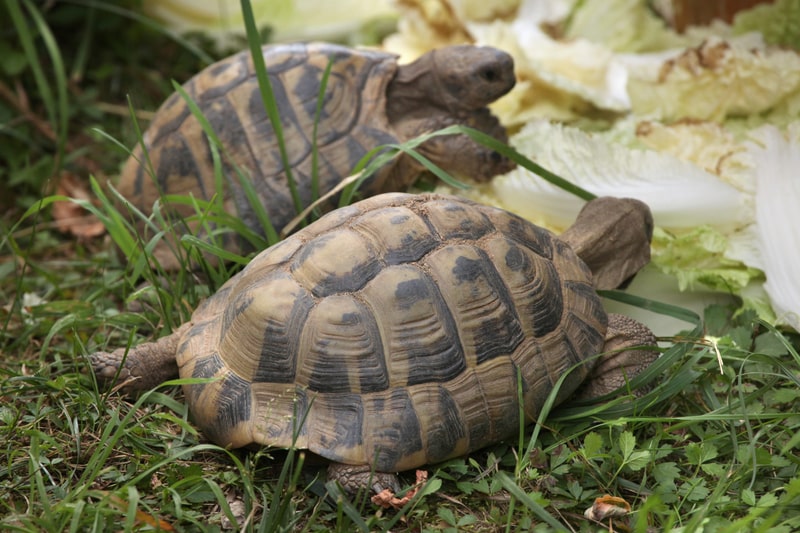
Hibernation
35. Some tortoise species, such as the Russian Tortoise, the Spur-Thighed Tortoise, the Marginated Tortoise, and Hermann’s Tortoise can go into hibernation, wherein they become less active and do not eat, sometimes for months.
Calcium plays a key role
36. Some tortoises eat old bones if they can find it. Bone is a good source of calcium and they consume it to correct any deficiencies they may have.
Hibernation, not always
37. Tortoises that live in places that have warm summers and cold winters hibernate because of the low temperatures. Tortoises that live in generally warmer temperatures throughout the year do not hibernate.
Adult vs young
38. Young tortoises are not as resilient and strong as their older, adult kind. They require more food and would thrive better if they feed everyday or every other day. Tortoises that are hatchlings and those that are 6 months or younger need to grow quickly, which is why they need regular feeding.
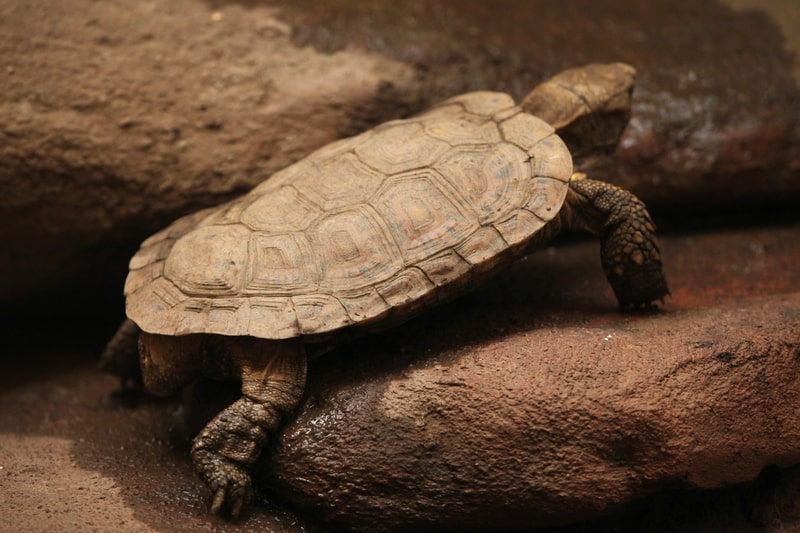
Shell
39. Tortoises often have domed shells. However, there is one specie that has a thin, flat shell. It is known, appropriately enough, as the African pancake tortoise. Its shell does not discourage predators, so it protects itself through evasion and camouflage.
40. Another way that the African pancake tortoise hides is by squeezing itself between rocks or cracks. Because its shell is softer and flexible, it can get into narrow rock crevices where it can hide.
Smile! 🙂
41. There is a specie of tortoise that seems to be smiling permanently. It is called the African helmeted tortoise. However, the smile is deceptive in that it can be vicious when it comes to finding food. It eats carrion and will prey on relatively larger prey, including doves. This is definitely one of the coolest tortoise facts.
Hints about evolution
42. The tortoise helped Charles Darwin realize something about evolution and that is, creatures tend to develop features and characteristics that allow them to adapt to their environment. He discovered this with the help of Galapagos tortoises, three of which he took with him on the HMS Beagle.
43. Among the three tortoises that went with Darwin, one lived to be 176 years old. Her name was Harriet and she lived out her long life at the zoo owned by Steve and Terri Irwin in Queensland. The Irwins considered her a part of their family life.
44. Tortoises have a natural preference for… faces. A research studied tortoise hatchlings made up of five different species and tested their response to patterned stimuli. Some stimuli included configurations that were similar to a face. The tortoises showed attraction to these patterns more than to other patterns.
In adversity, stand tall
45. When tortoises fight, they do a face-off. Two opponents would face each other and use ferocious glares to intimidate the other. They then stretch their necks to appear as tall as possible and open their mouths. The tortoise that has the highest head is the winner. This is regardless of its size and weight.
Why they fight?
46. Fight among tortoises usually occur as a result of contention over food and/or mates. Most fights occur in the wilderness, where food is not as plentiful as it is in, say, a zoo.
47. To dominate another male in a fight over a female, a tortoise will attempt to turn it over on its back. In this position, the defeated male becomes helpless.
Jaws in place of teeth
48. Tortoises do not have teeth, so they “chew” on their food using very strong jaws. These jaws grip the food and the tortoise’s tongue simply slides it towards the entrance of the throat so it can be swallowed.
49. Unlike other animals, tortoises reach sexual maturity not by age but by their size. That means a slow-growing tortoise of a particular specie will not be sexually mature yet compared to another tortoise of the same specie that grew more quickly.

Intelligence!
50. Tortoises are also smart. In a 2006 study that tested a tortoise against a rat using a maze, the tortoise navigated itself far more successfully compared to the rat to reach its food. And it did not walk through the same area more than once.
51. Tortoises have two skeletons – an endoskeleton and an exoskeleton.
52. St. Jerome, an early Christian scholar, said that the tortoise’s slow movement is a sign of the “grievous sins of heretics”. Some artworks even depict them as the embodiment of evil.
. . . continue reading on the next page

